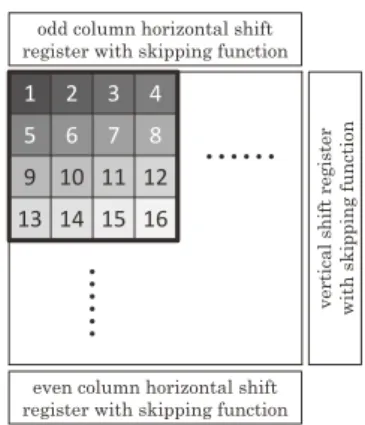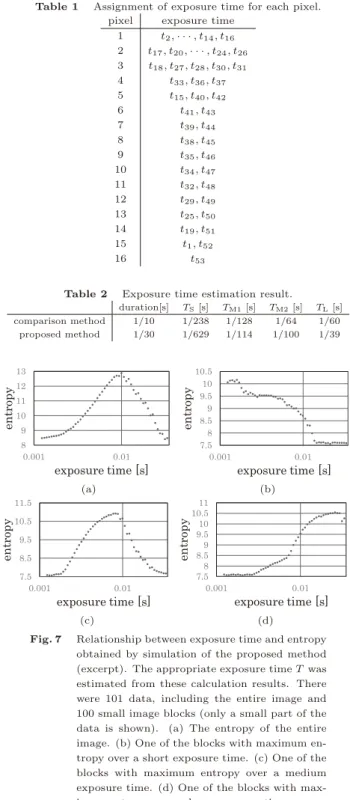[Paper] Adaptive Exposure-time Control Based on Image Entropy for Multiple-exposure-time Image Sensor
全文
図




関連したドキュメント
At the same time, a new multiplicative noise removal algorithm based on fourth-order PDE model is proposed for the restoration of noisy image.. To apply the proposed model for
Chu, “H ∞ filtering for singular systems with time-varying delay,” International Journal of Robust and Nonlinear Control, vol. Gan, “H ∞ filtering for continuous-time
Wheeler, “A splitting method using discontinuous Galerkin for the transient incompressible Navier-Stokes equations,” Mathematical Modelling and Numerical Analysis, vol. Schotzau,
Specifically, using compartmental dynamical system theory, we develop energy flow mod- els possessing energy conservation, energy equipartition, temperature equipartition, and
Specifically, using compartmental dynamical system theory, we develop energy flow mod- els possessing energy conservation, energy equipartition, temperature equipartition, and
For the time step Δt 0.05 seconds, the decays of the total potential energy and the angular momentum, shown in Figures 11a and 11b, respectively, are practically the same for
Li, “Simplified exponential stability analysis for recurrent neural networks with discrete and distributed time-varying delays,” Applied Mathematics and Computation, vol..
Scheffler, Limit theorems for continuous time random walks with infinite mean waiting times, to appear in J..